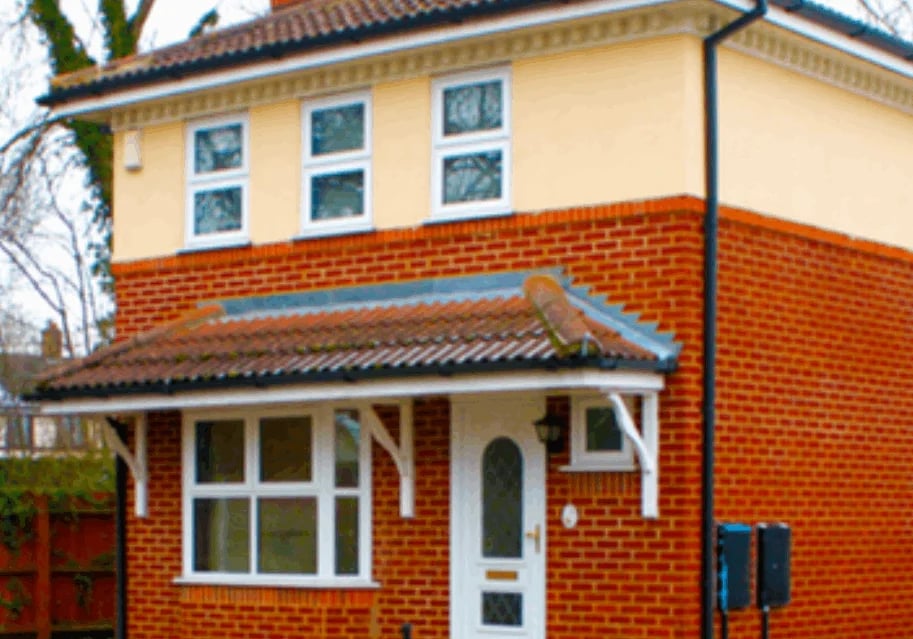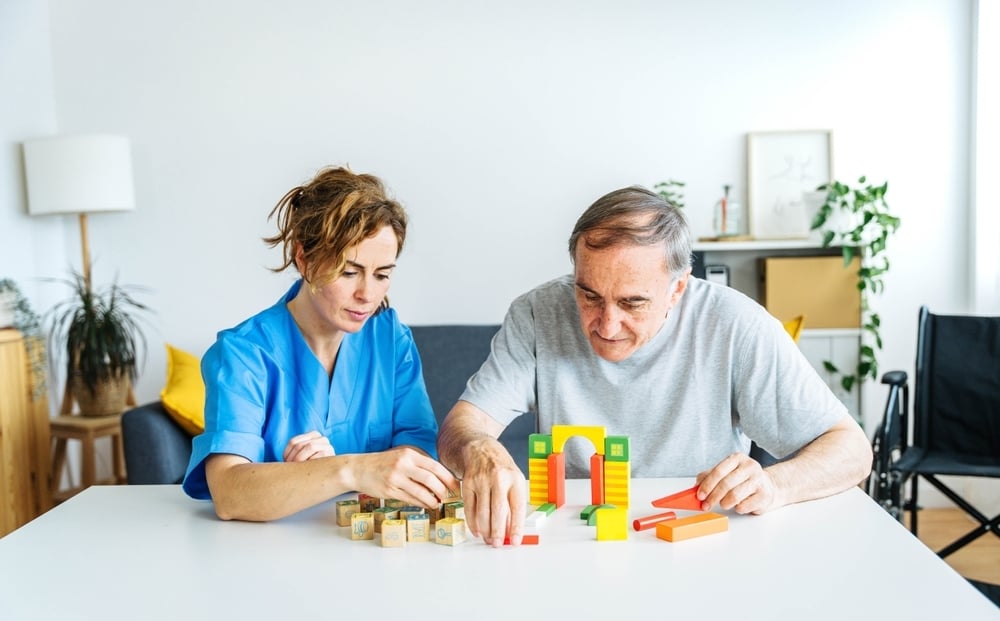We’re looking at how you can help to manage the symptoms of seasonal effective disorder for the people living in your care home
Referred to as SAD, Seasonal Affective Disorder is a type of depression that typically occurs with the changing seasons but is often most acute during the winter months when it gets colder, and the nights are shorter. Though it can and does affect anyone, it is thought that older people struggling with Seasonal Affective Disorder may be more at risk than younger people.
While the severity of the symptoms can differ based on each individual person, it may be more prevalent in older people in care homes who already live with conditions like dementia, who are at greater risk of loneliness and isolation, or perhaps take medications that exacerbate issues like mood changes or lethargy.
Some of the common symptoms of Seasonal Affective Disorder:
- Losing interest in things that were previously enjoyable
- Difficulty concentrating or memory issues beyond of what is to be expected
- Restless sleep or not wanting to get out of bed
- Changing appetite
- Feeling less sociable and not wanting to talk to people
Causes of Seasonal Affective Disorder
While it’s not entirely known yet why some people are affected by Seasonal Affective Disorder, it is thought that the symptoms are linked to fewer hours of daylight and consequently less exposure to sunlight in winter months, which could have more of an impact on the health of some people. And, like sundowning in people with dementia, the symptoms might stem from the change in routine, such as not being able to go outside as much, or generally feeling the cold more.
Not only this, but some older people may have negative emotional connections with some of the festive activities around the winter period, or celebrations like Christmas may well heighten their sense of loneliness if they do not have many people in their lives.
Is Seasonal Affective Disorder worse for older people?
One of the contributing factors to how likely an older person is to display symptoms of Seasonal Affective Disorder could be their level of isolation. In winter, as the days grow shorter and days get colder, it is more likely for some older people to feel a heightened sense of isolation perhaps because of some of the reasons mentioned above like heightened senses of loneliness around the festive period or it could be something seemingly more innocuous; even factors like there being fewer visual connections to the outside world by having the curtains drawn could play some part.
In many older adults, mobility issues mean that they are less able to get out and about, and this can grow much worse, and much riskier, in winter with the chances of rain, ice and snow. This sense of isolation can be tied to the coming of winter and can affect their mood.
On a more physiological level, a lack of sunlight, and a weakening of the sunlight that is there, means that people generally are less able to absorb sufficient levels of vitamin D, given that sunlight is one of the main and most potent sources of the vitamin.
This can have negative effects on the health of someone at any age, but it could especially impact older people due to the changes in their physical health as they age. More still, vitamin D plays a crucial role in regulating mood and energy levels. If these levels are diminished because of a lack of natural vitamins, this can bring about many of the symptoms of Seasonal Affective Disorder.
What can be done to help older people with Seasonal Affective Disorder?
Light therapy
It is beneficial to try and use forms of lighting that mimic the look and colour of natural lighting, but what can be even better is trying light therapy. Light therapy uses a light box which increases the body’s exposure to light in the winter by emitting light that has a similar effect on a person as sunlight, which can be a great way to help regulate certain hormones and neurotransmitters that affect physical and mental health.
Activities to improve mental and physical wellbeing
It can be difficult to get to the root causes of Seasonal Affective Disorder without some form of therapy or counselling, but there are many steps that can be taken to boost an older persons’ mood and better manage the symptoms. For example, following a healthy, nutritious diet and partaking in exercise programmes tailored to older adults will positively impact mental and physical wellbeing.
Staying engaged and occupied with regular meaningful activities is also a great way to reduce some of the symptoms of Seasonal Affective Disorder, because they can promote togetherness, intellectual wellbeing and a sense of accomplishment. Many such activities can be found on the Wellness and Activities platform.
Regular engagement with loved ones
One of the most important ways to counteract the symptoms of Seasonal Affective Disorder is to reduce feelings of isolation and therefore loneliness by ensuring that people living in care, where possible, are able to have regular visits from family and friends. The sad truth is that a lot of older people, especially around Christmas, do not receive many, if any visitors.
Likewise, if they are widowed then it can bring to the surface feelings of grief and loss. If you have people in your care home that do not have many friends or family, there are many ways in which create a sense of togetherness within the home, fostering a true community atmosphere, by organising special events or group activities that bring everyone together. Again, a plethora of ideas can be found on the Wellness and Activities platform.
But for older people who do receive visits from loved ones, helping people to stay in touch and even increase that bond with their loved ones can be one of the most powerful ways to elevate resident experience and to reduce the probability of Seasonal Affective Disorder. You can read more about how to help older people stay in touch with their loved ones here.
Create meaningful connections
Staying in touch with loved ones in care homes isn’t just about receiving visitors to your care home, it can be so much more than that. To find out about all the ways in which you can help your residents maintain meaningful relationships and connections with family and friends, just click below to book a consultation.






.jpg)

.webp?width=80&height=80&name=HTD%20Awards%202023%20Badge%20(4).webp)














